Cities
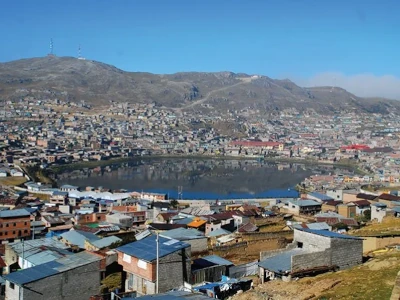
Cerro de Pasco is a Peruvian city, capital of the Chaupimarca district and also of the province of Pasco and the department of Pasco. It is located at 4330 m above sea level, on the Bombón plateau, a plateau of the Andes mountain range, in central Peru.
It is considered the “Mining capital of Peru” due to its silver, copper, zinc and lead deposits. It currently has 61,000 inhabitants according to INEI projections.
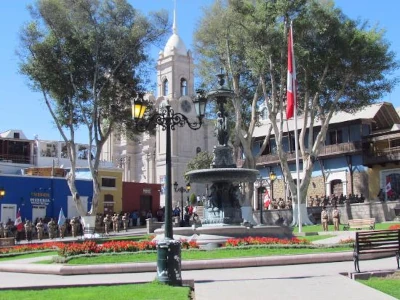
Moquegua (Spanish pronunciation: [moˈkeɣwa], founded by the Spanish colonists as Villa de Santa Catalina de Guadalcázar del Valle de Moquegua) is a city in southern Peru, located in the Department of Moquegua, of which it is the capital. It is also capital of Mariscal Nieto Province and Moquegua District. It is located 1144 kilometers south of the capital city of Lima.
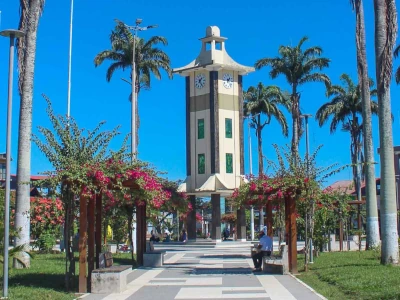
La población nativa de Madre de Dios debió aparecer hace miles de años con la llegada de los arahuacos, quienes se derivaron en muchas etnias. Luego se relacionaría con los incas y los españoles.
Puerto Maldonado fue establecido en 1894 por el empresario cauchero Carlos Fermín Fitzcarrald, quien, durante un viaje de exploración que lo llevó a descubrir el istmo de Fitzcarrald, a su paso por la confluencia de los ríos Madre de Dios y Tambopata encontró una inscripción hecha por el explorador Faustino Maldonado, quien había sucumbido en el río Madera en 1861. Fitzcarrald hizo grabar en un gran árbol el nombre de Maldonado, como homenaje al pionero, y continuó el viaje. Pronto, el hito pasó a llamarse Pueblo Maldonado y se estableció un embarcadero donde anclaron naves de hasta 180 toneladas. La fundación oficial fue hecha por el Primer Comisario y Delegado Supremo del Gobierno don Juan S. Villalta, el 10 de julio de 1902, situado en lo que hoy es el Pueblo Viejo. Sin embargo, recién en 1985 se oficializa la fecha de fundación de la ciudad de Puerto Maldonado.
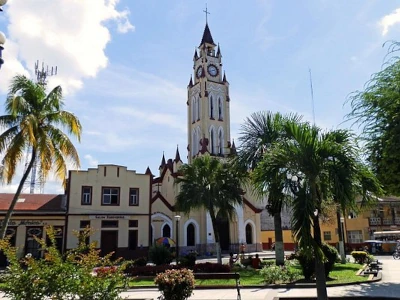
The city only has air and river connections to the rest of the country and with the sole exception of the departmental route LO-103 (called by the south as Vía Interprovincial Iquitos-Nauta), a long highway that connects Iquitos with Nauta to the south and other towns to the north until reaching San Antonio del Estrecho.
Following the course of the Amazon, marine vessels of 3,000 or 9,000 tons and 5.5 m (18 ft) draft can arrive, coming from the Atlantic Ocean, which is why it is considered to be the most populated city in the world that does not have land access to the sea. Due to its geostrategic location, it is an important internal port that enables the connection between the Pacific Ocean and the Atlantic Ocean.
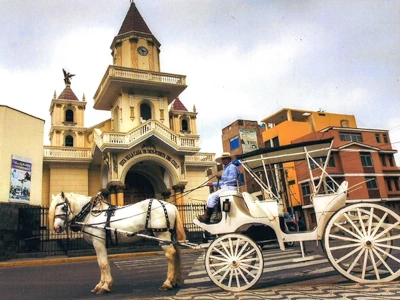
Huacho is a city in the province of Huaura and the Lima region of Peru.
The city is located about 150 kilometers above the capital Lima, on the Pacific Ocean.
Huacho is located on the Pan-American Highway and is not far from the Lomas de Lachay National Reserve
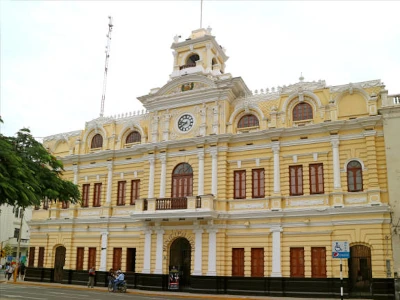
Chiclayo is a city in the province of the same name and in the Lambayeque region of Peru.
The city is located approximately 700 kilometers north of the capital Lima and is 13 kilometers from the Pacific coast.
In 2015, the city had 600,000 inhabitants, making it the fourth largest city in the country.
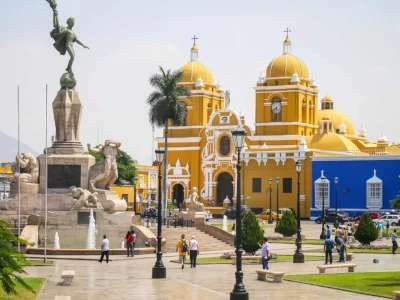
Trujillo, called the “City of Eternal Spring,” is located in the department of La Libertad, on the northern coast of Peru.
It is the third most populated city in the country and the cradle of traditions, beautiful landscapes and important vestiges of pre-Columbian civilizations.
This city extends over more than 1,769 km² of surface and, in the 2017 census, had 970 thousand inhabitants, with an annual growth rate of 1.8% according to the INEI. “Trujillo de Nueva Castilla,” as it was called when it was founded in 1535, has five administrative districts. Likewise, in 1988 it was declared the “Capital of the Marinera” (traditional Peruvian dance).
In 1986, one of its archaeological zones, the city of Chan Chan Adobe, was declared a World Heritage Site.
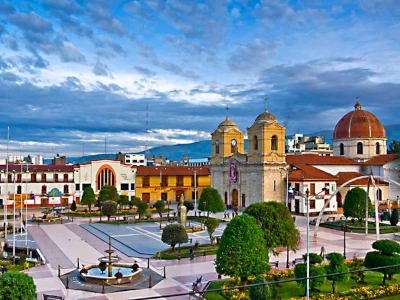
Huancayo is a Peruvian city, capital of the district and province of the same name, and also of the department of Junín.
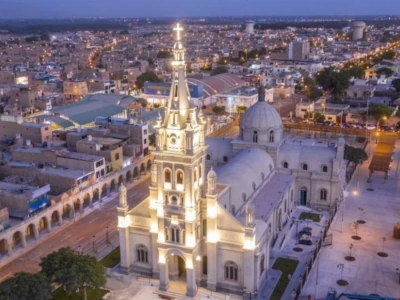
Ica is a city in southern Peru, 200 kilometers southwest of the capital Lima.
The city has 244,000 inhabitants and is located in the province and region of Peru.
The city was founded in 1563 by Gerónimo Luis de Cabrera. At that time it was called Villa de Valverde
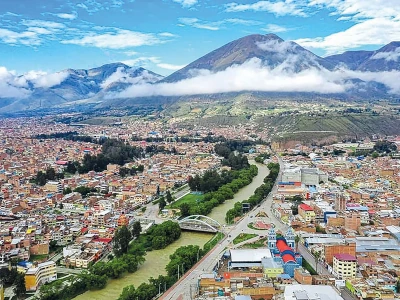
Huánuco is a centrally located city in Peru in the province and region of the same name.
The city is located at an altitude of 1,913 meters above sea level on the Huallaga River. In 2015, Huánuco had 175,000 inhabitants
